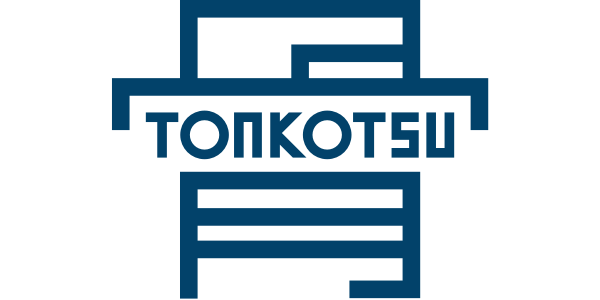Frontline intelligence by Blink
Curated content for frontline organizations

11 intranet content ideas to boost employee engagement
11 ideas to boost employee engagement through your company intranet in 2024
Read More
12 metrics and KPIs for effective internal communication
We’ve created this list of 12 internal communications metrics and KPIs for you to use to understand and assess your internal comms performance
Read MoreTrusted by 300+ frontline organizations











.png)